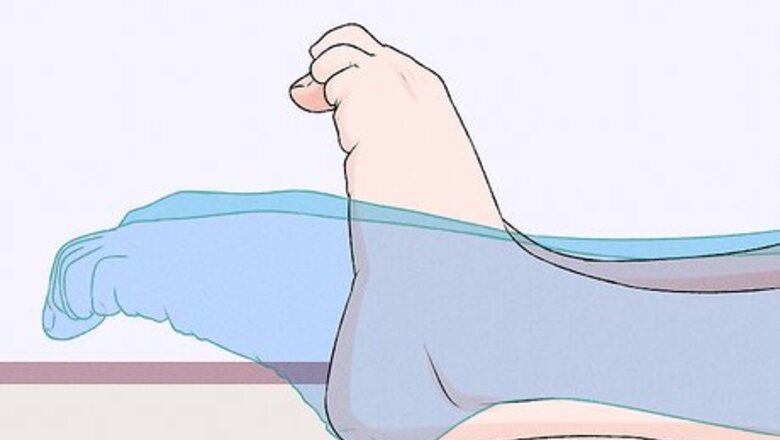
views
Stretches
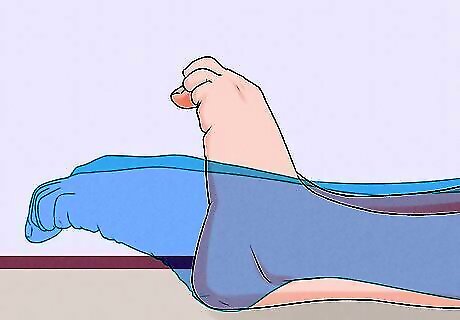
Sit down and isolate each part of your foot as you point your toes. Get into a comfortable seated position on the floor with your legs stretched out in front of you and your toes pointing up. Bend your toes first, then shift your feet to point your toes. Next, flex your toes up into the air, then flex your whole foot backwards. Try to keep your toes curled as long as you can during this exercise. Repeat this stretch for 30 to 60 seconds daily.
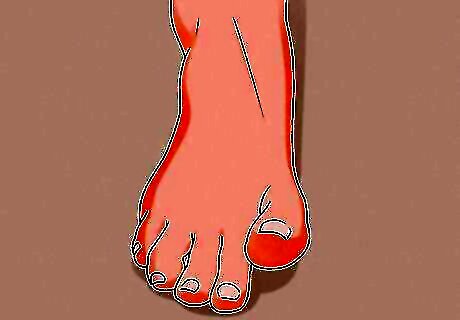
Strengthen your toes with a piano toes stretch. Stand up straight and lift one leg off of the ground. Then, point each toe one at a time, starting with your big toe. This should look like you’re playing a scale on a piano with your toes. This stretch usually takes a few seconds for each rep. Repeat the stretch 5 times daily for flexible toes.
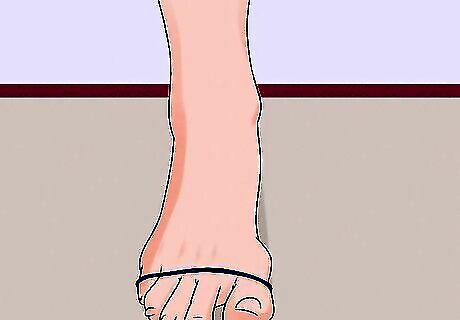
Wrap a hair elastic around your toes for a resistance stretch. Position a fabric-covered hair elastic around the ball of your foot at the base of your toes. Slowly spread your toes out to the sides, stretching the elastic. Hold for a few seconds, then relax your foot. Repeat the stretch for 30 to 60 seconds every day. The hair elastic should be around all of your toes at the same time.
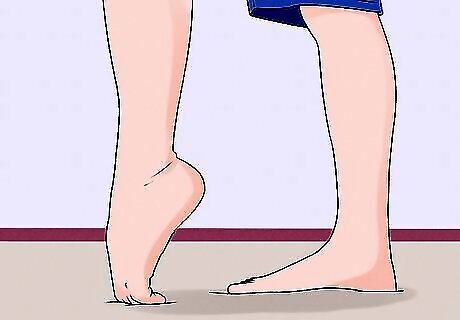
Do standing toe presses for longer, stronger arches. Stand tall with your legs parallel to each other and your feet facing forward. Lift the heel of one foot off the ground and roll your foot through your pointe position until the backs of your toes are pressing into the ground. Roll your foot back down onto the floor, then alternate to the other leg. Continue alternating back and forth for about 1 minute to stretch out your feet. Do the stretch every day to get results. Keep your feet in line with your knees as you do this exercise.
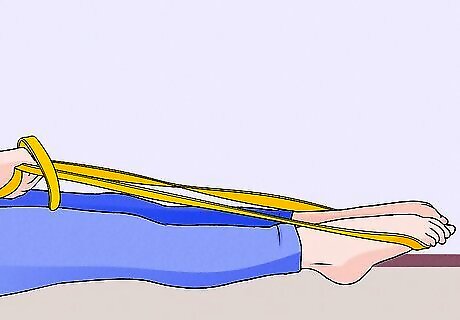
Wrap a resistance band around the ball of your foot while you point it. Sit down on the floor with your legs stretched out in front of you and your toes pointing up. Wrap a resistance band around the ball of your foot just above your arch. Then, slowly shift your foot so your toes are pointed, pushing against the resistance of the band. Shift your foot back-and-forth to work your toes. Do 2 to 3 sets of 10-15 reps daily.
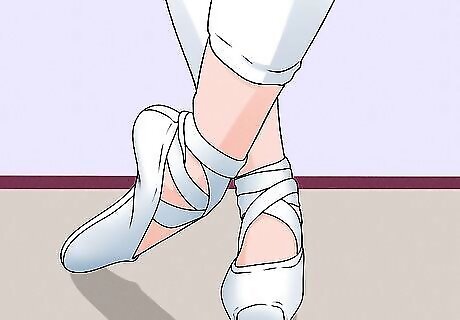
Perform instep stretches for foot flexibility. Stand up straight with your feet parallel to each other, wearing your pointe shoes. Cross 1 leg over the other and place your foot on the ground with the instep (the top part of your foot) against the floor. Slowly lower yourself into a plie to deepen the stretch. Hold for a moment, then slowly rise to start. Do this stretch on each of your feet daily to gradually improve your instep.
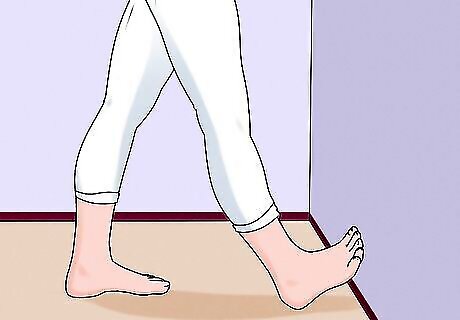
Stretch your calves so your supportive muscles are flexible. Stand in front of a wall with your feet about hip-width apart. Place the ball of 1 foot against the wall with your foot pointed. Lower yourself into a lunge, pressing on your front leg to stretch it. Hold for 30-60 seconds, then release. Switch legs and stretch the other side. Do this stretch every day for good results. Stretching your calf muscles can help prevent injuries like plantar fasciitis.
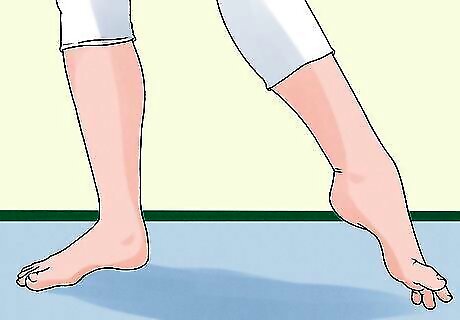
Strengthen your lower legs with calf raises through plie. Stand up straight with your feet parallel to each other, holding onto a barre or chair for support. Slowly bend your knees into a demi plie, keeping your knees over your toes. In your plie, slowly roll up through your feet to your highest pointe. Slowly rise to a standing pointe position, then lower yourself back to your starting position. Repeat 8 to 12 times to complete a set. Perform the exercise daily to get good results.
Foot and Leg Exercises
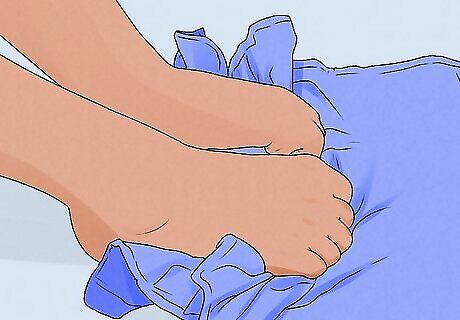
Scrunch up a towel using just your foot. Sit down and lay a hand towel on the floor in front of you. Bend your knee and put your foot on the towel. Use your toes to scrunch the towel under your foot. Flatten the towel back out and repeat the stretch. Intensify this exercise by placing a book at the end of the towel to make it more challenging for you to scrunch it up.
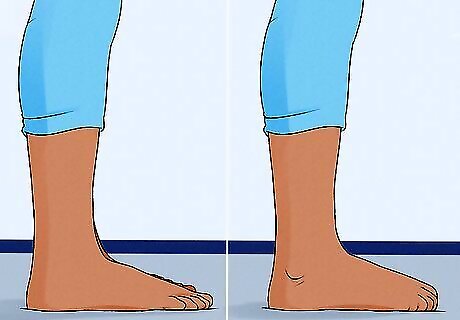
Pull yourself forward using just your toes for stronger feet and legs. Stand in a relaxed position on a flat, smooth floor with your feet about hip-width apart and your toes facing forward. Put your hands on your hips so you won’t be tempted to use them for momentum. Then, bend your toes and grip the floor with them. Drag your body forward using just your toes. Try to go across your room and back. If that's too hard for you, just do the exercise until you feel cramping in your foot.
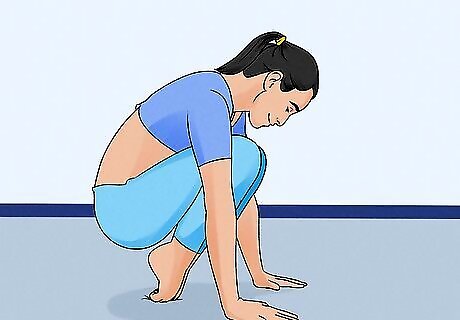
Put your weight on the back of your toes in seated toe points. Get into a crouching position with your arms at your side, pressing into the floor. Shift your weight onto your upper body, then slowly roll your feet through your pointe position and onto the back of your toes. Transfer your weight onto the back of your toes, but use your arms to help you stay balanced. If you can, lift your hands off the floor to shift all of your weight onto your toes. Hold your balance as long as you can or up to a minute. This exercise is a bit more advanced, so take it slow. If you feel any pain, stop immediately.
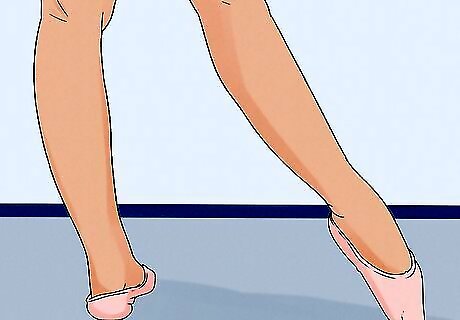
Perform tendus for leg control and supple feet. Start in first position with your back straight, your legs together, and your toes pointed out. Press the toe of one leg to the front, keeping your toe on the floor. Slowly lift your heel, arch, and the ball of your foot off the floor until only your pointed toe is touching the floor. Then, reverse positions and bring your foot back to start. Switch legs and do tendus on both sides. After you do tendus to the front, do the move again to the side and then to the back. Try to move your leg in a fluid motion.
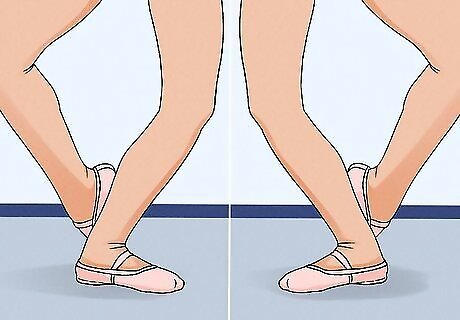
Do petit jetes to improve foot flexibility. Start in a demi plie with one leg bent and lifted slightly behind the other leg. Put your arms in bras bas position, which means down in front of your body and slightly rounded. Push off the floor with your standing leg and point your toe as you come out. Land on your other foot, rolling your foot down onto the floor from toe to heel. Continue alternating legs for 5 to 10 jumps on each side. If you’re new to ballet, try practicing your jetes at the bar until you master your form. Keep your knee aligned with your foot as you land. Petit jetes are a small jump from one foot to the other.
Exercising Safely
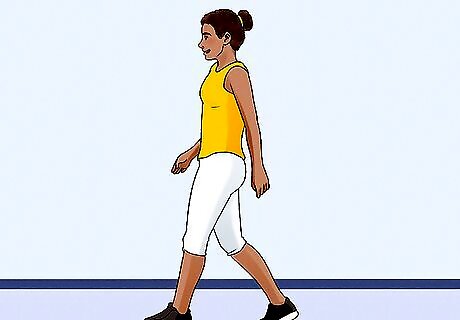
Do a quick warm-up before you do your stretches. Stretching cold muscles can increase your risk of injury. Instead, do a few minutes of cardio before you start stretching. Try something like walking or jogging in place. If you have a warm-up you typically do before ballet class, you might do that before you stretch.
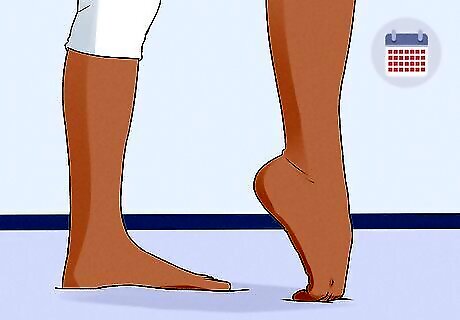
Exercise your feet every day to get long term results. Be consistent because it takes time to change the strength and flexibility of your feet. Fortunately, you’ll likely notice incremental improvements over time if you just stick with it. Create a habit of working your feet daily. You might notice a small improvement after one stretching session. However, these results are likely temporary. If you’re consistent, you can get results that stick.
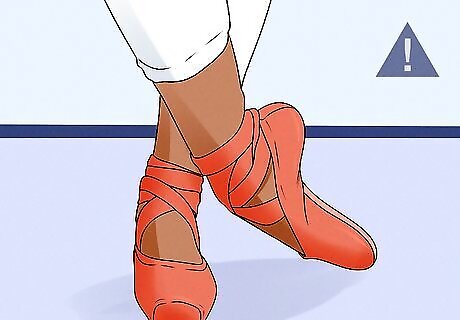
Go slowly so you don’t hurt your feet. Dancing is important to you, so you likely want to see big changes fast. However, pushing your feet too hard, too fast increases your risk of injury. Take your time so you don’t get hurt. Forcing your feet into extreme positions can cause real damage. Only go as far as you comfortably can. Over time, your flexibility may improve.
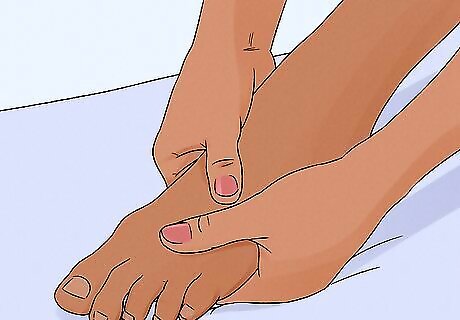
Massage your feet between exercises to reduce cramping. Foot cramps are the worst, but they’re pretty common when you’re working on your toe point. When you feel cramps, stop what you’re doing and gently rub your feet with your hands. As another option, place a tennis ball on the floor, then roll your foot over it. Massage your foot until the cramp subsides. You may have to do this several times during a foot workout.












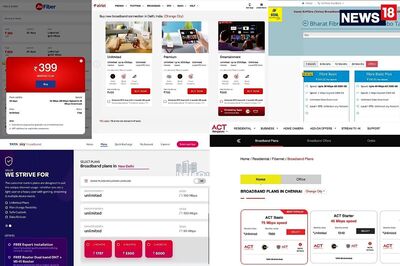




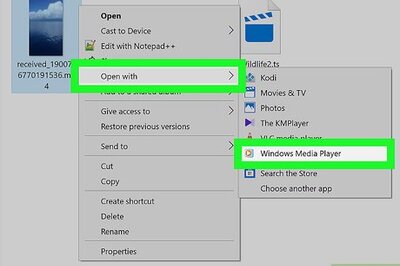
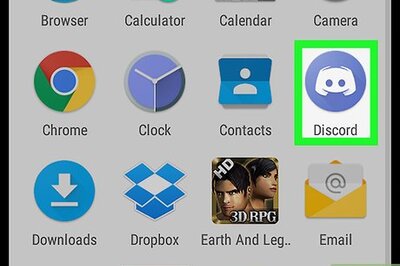

Comments
0 comment